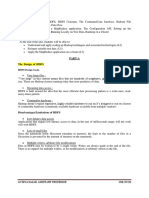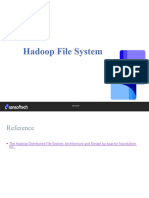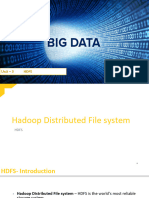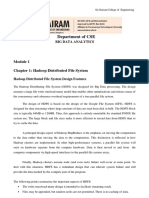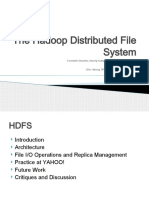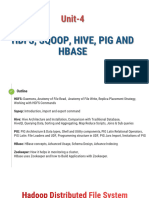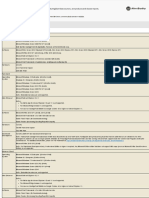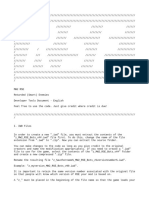0% found this document useful (0 votes)
14 views102 pagesModule 4 - Hadoop HDFS
The document provides an overview of the Hadoop Distributed Filesystem (HDFS), detailing its architecture, components like NameNode and DataNode, and features such as HDFS Federation and High Availability. It explains the design of HDFS for handling large files with streaming data access and its operational principles, including data storage, replication, and management. Additionally, it discusses the importance of checkpointing and the role of secondary NameNode in maintaining system resilience.
Uploaded by
Trương Thuận KiệtCopyright
© © All Rights Reserved
We take content rights seriously. If you suspect this is your content, claim it here.
Available Formats
Download as PDF, TXT or read online on Scribd
0% found this document useful (0 votes)
14 views102 pagesModule 4 - Hadoop HDFS
The document provides an overview of the Hadoop Distributed Filesystem (HDFS), detailing its architecture, components like NameNode and DataNode, and features such as HDFS Federation and High Availability. It explains the design of HDFS for handling large files with streaming data access and its operational principles, including data storage, replication, and management. Additionally, it discusses the importance of checkpointing and the role of secondary NameNode in maintaining system resilience.
Uploaded by
Trương Thuận KiệtCopyright
© © All Rights Reserved
We take content rights seriously. If you suspect this is your content, claim it here.
Available Formats
Download as PDF, TXT or read online on Scribd
/ 102










